Pulished on Nov. 14, 2024
The world of ceramics is constantly evolving, driven by innovation in materials, design, and sustainability. As we look toward 2025, the ceramic tableware industry is
expected to continue evolving, offering new possibilities for consumers, manufacturers, and designers alike. Whether driven by advancements in technology, environmental concerns,
or changing consumer tastes, the future of ceramic tableware is bright and full of exciting possibilities. In this article, we’ll explore the key trends likely to shape the industry
in 2025 and beyond.

1. Sustainability and Eco-Friendly Materials
As sustainability becomes an increasingly important consideration for consumers, ceramic tableware manufacturers are responding by incorporating eco-friendly practices into their production
processes. In 2025, expect to see even more focus on sustainable materials, energy-efficient manufacturing, and recyclable or biodegradable ceramics.
Recycled Materials: Manufacturers are expected to utilize more recycled clay, porcelain, and even upcycled materials in their production of ceramic tableware. This not only reduces
the environmental impact of creating new ceramics but also appeals to eco-conscious consumers who are looking for more sustainable choices in their home goods.
Low-Impact Production: New technologies are enabling ceramics to be produced with less energy consumption and lower emissions. In 2025, the use of energy-efficient kilns
and innovative glazing techniques will help reduce the carbon footprint of ceramic tableware.
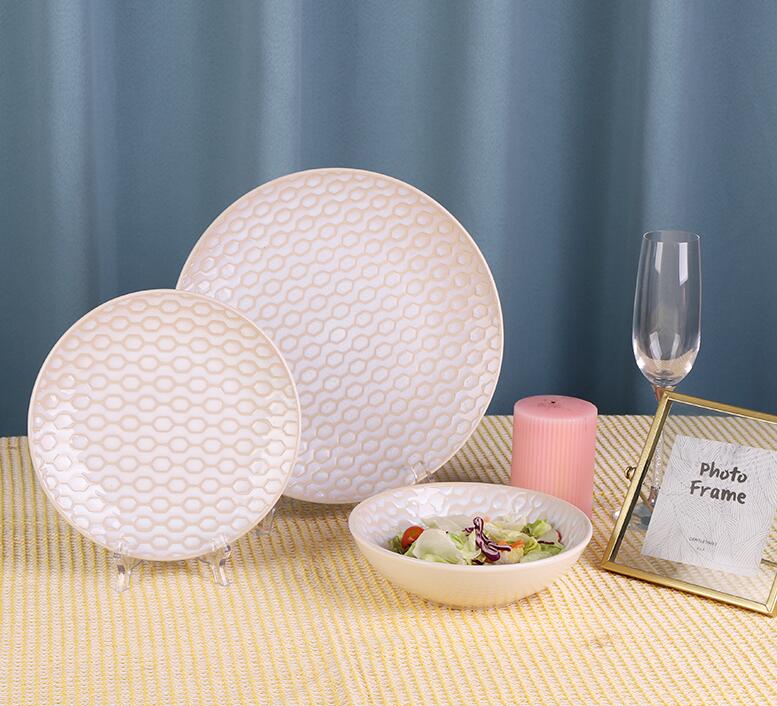
2. Minimalist and Functional Designs
The trend towards minimalism is not just a passing phase - it's expected to continue influencing ceramic tableware design well into 2025. Consumers are increasingly seeking
functional, clean, and streamlined designs that fit seamlessly into modern lifestyles.
Simple, Elegant Shapes: Expect to see more ceramic tableware with simple, geometric shapes and neutral color palettes, such as whites, grays, and earth tones. These minimalist
designs are not only aesthetically pleasing but also highly versatile, able to complement a variety of table settings and occasions.
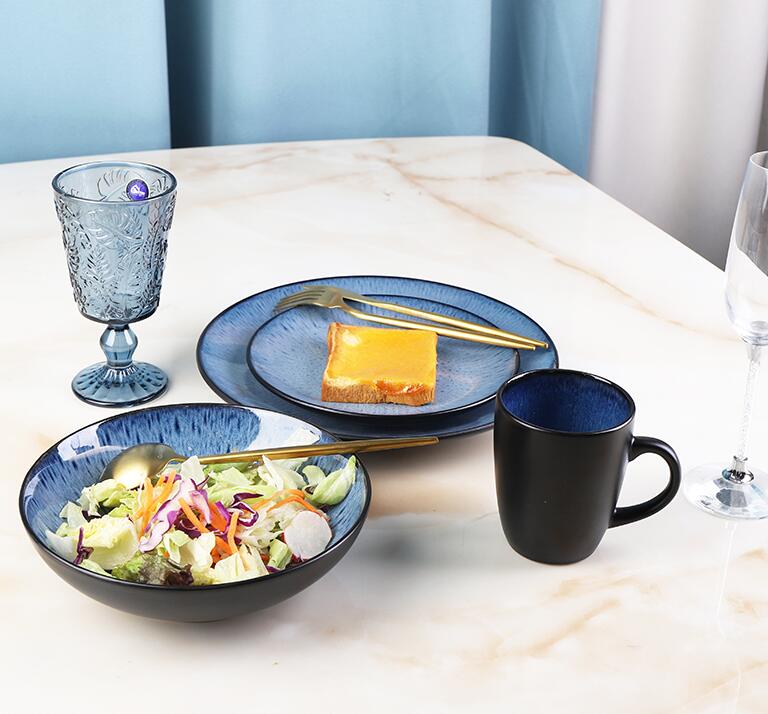
Multipurpose Designs: With an increased focus on functionality, 2025 ceramic tableware will feature pieces that serve multiple purposes. For instance, dishes that can double as
serving plates or bowls, or pieces designed for easy stacking and storage, will be more common in the market.
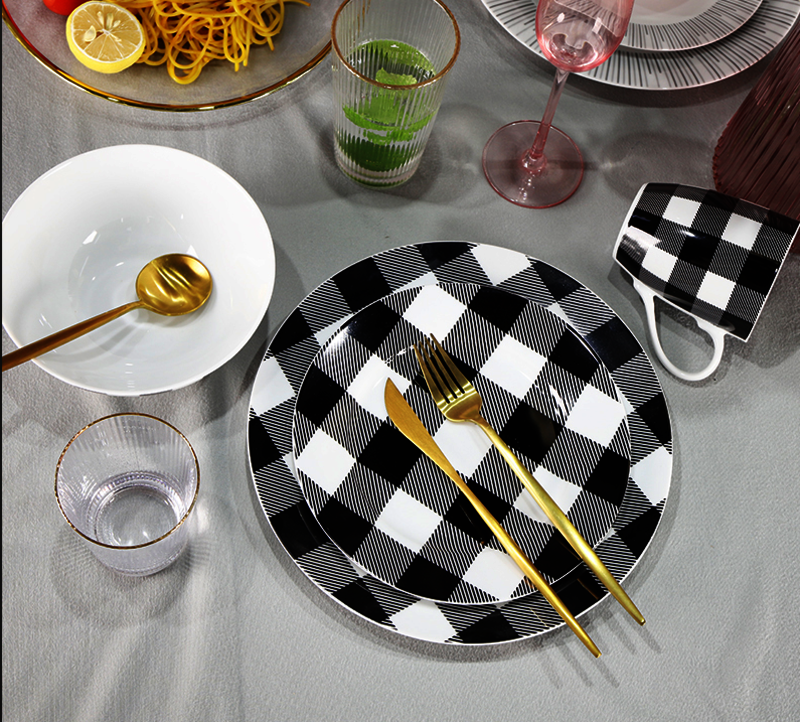
3. Customization and Personalization
Personalization and customization have become key trends in consumer products, and ceramic tableware is no exception. In 2025, the demand for custom, bespoke ceramic pieces
will increase, with consumers looking for items that reflect their personal style or make a statement at the table.
Custom Designs: Many brands and artists will offer customization options, where consumers can choose the colors, patterns, and even the shapes of their ceramic tableware. This trend
will allow customers to create unique, one-of-a-kind collections that are tailored to their tastes.
Personalized Engraving: Personalized engravings, such as names, initials, or meaningful messages, will also be popular. These customized ceramics will not only make great gifts but will
also add a personal touch to family dining experiences.
4. Technological Innovations in Glazing and Decoration
Advancements in ceramic glazing and decoration will continue to shape the aesthetic appeal of tableware in 2025. New technologies will allow for more intricate designs,
vibrant colors, and enhanced functionality.
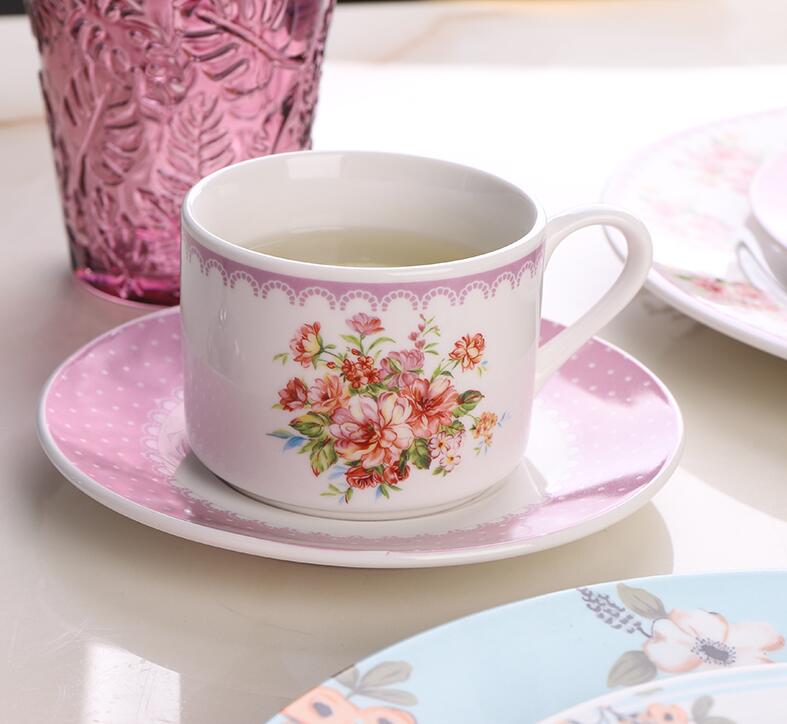
3D Printing and Digital Technology: The use of 3D printing in ceramics is expected to grow, allowing for complex and detailed designs that were previously impossible to achieve with
traditional methods. This innovation will bring an entirely new level of creativity to ceramic tableware, allowing for customized pieces with intricate patterns and textures.
Smart Glazing: Smart glazing technologies will also emerge, allowing ceramics to change color based on temperature, offering a dynamic visual experience. This could be especially
popular for serving dishes or drinkware, adding an interactive element to the dining experience.
5. Health-Conscious Ceramics
As consumers become more health-conscious, the demand for ceramic tableware that promotes health and wellness will rise. In 2025, we will see a greater emphasis on non-toxic,
food-safe, and antibacterial ceramics.
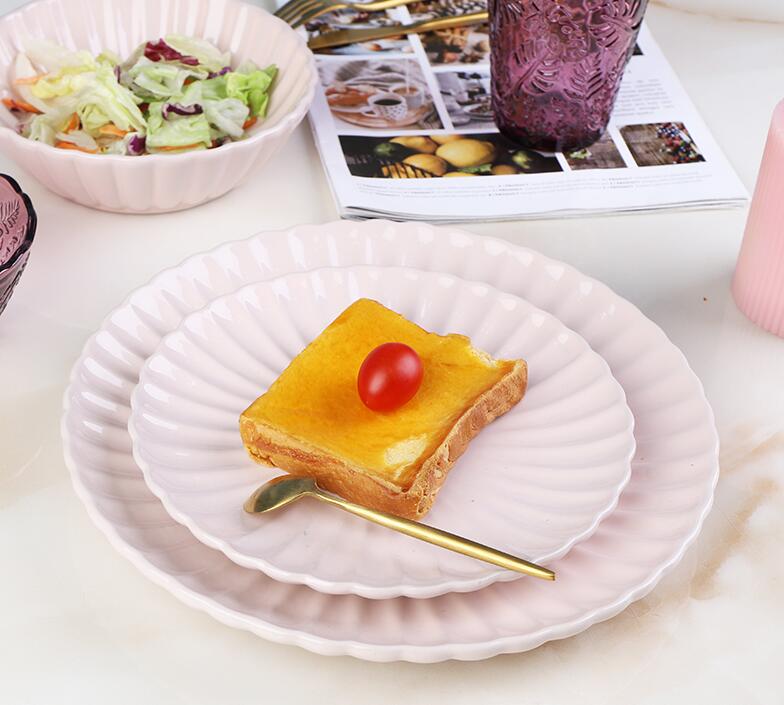
Non-Toxic Materials: Manufacturers will continue to ensure that their ceramic products are free from harmful chemicals such as lead, cadmium, and BPA. Consumers will increasingly
demand products that prioritize food safety, especially in the wake of growing concerns about the risks associated with non-food-safe materials.
Antibacterial Glazes: There will be a growing trend toward the use of antimicrobial glazes that can help keep tableware free of bacteria, mold, and other harmful microorganisms. These
innovations will be particularly important in settings like hospitals, schools, and homes with young children, where hygiene is a top priority.
6. Cultural Fusion and Global Influence
As the world becomes more interconnected, the fusion of cultural aesthetics in ceramic tableware will continue to rise. Designers will draw inspiration from a wide variety of traditions and
cultures, creating diverse, globally-inspired designs.
Hybrid Designs: In 2025, expect to see ceramic tableware collections that blend traditional craftsmanship with modern design sensibilities. For example, ceramics might incorporate
Asian-inspired elements such as bamboo textures or Japanese raku techniques, combined with Western minimalist forms.
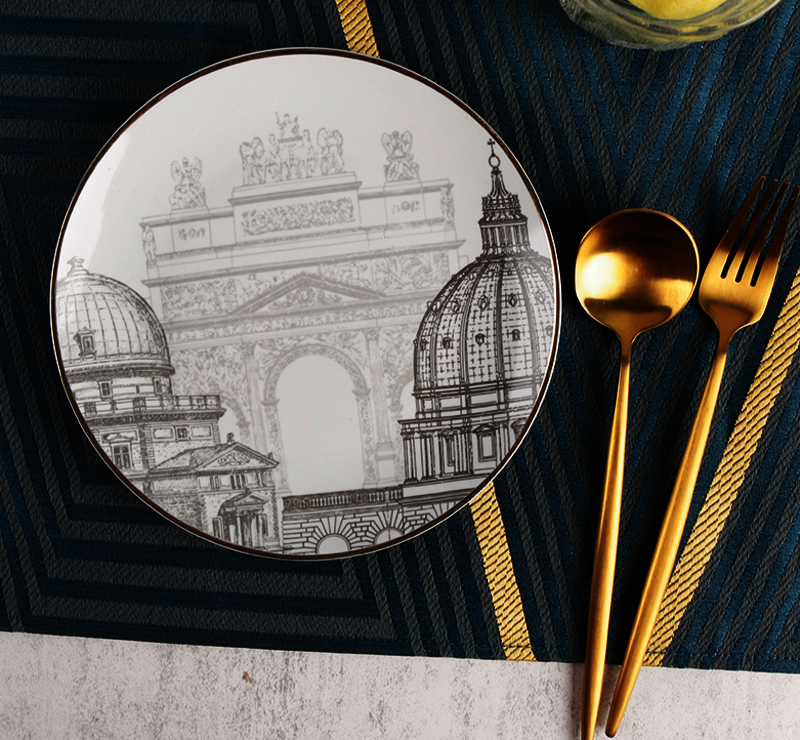
Global Artisanal Influence: Handcrafted, artisanal ceramics will continue to gain popularity, especially those that showcase global influences. This could include intricate designs from
African, Mediterranean, or South American pottery traditions, allowing consumers to bring international flair to their dining experiences.
7. Sustainable Packaging
Alongside sustainable tableware production, there will be a greater emphasis on eco-friendly packaging in 2025. As online shopping continues to grow, more brands will focus
on minimizing waste and adopting recyclable, biodegradable, or reusable packaging materials for their ceramic products.
Biodegradable Packaging: Expect to see ceramic tableware companies switching to biodegradable packaging materials such as recycled paper, cardboard, and plant-based plastics to reduce environmental impact.
Refillable and Reusable Packaging: Some brands may even offer refillable or reusable packaging, where consumers can send back the packaging to be reused for future purchases or return for recycling.
The future of ceramic tableware in 2025 is set to be shaped by sustainability, customization, and technological advancements. From eco-friendly materials to personalized designs
and smart glazes, the ceramic industry is evolving to meet the needs and desires of the modern consumer. As trends like minimalism, health-conscious products, and global design
influences continue to influence the market, ceramic tableware will remain a timeless and adaptable choice for households, restaurants, and hospitality venues alike. With these trends
in mind, the ceramic tableware industry is poised to deliver innovative, beautiful, and functional products for years to come.